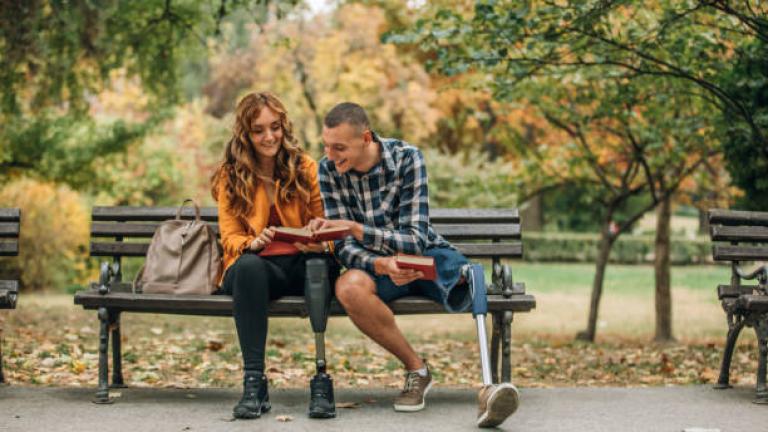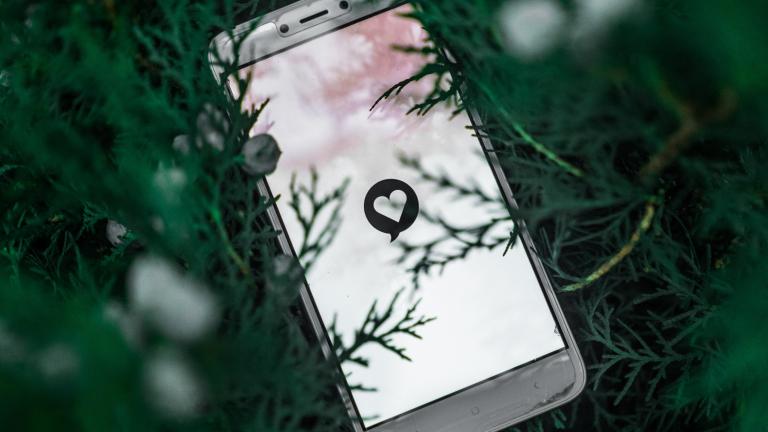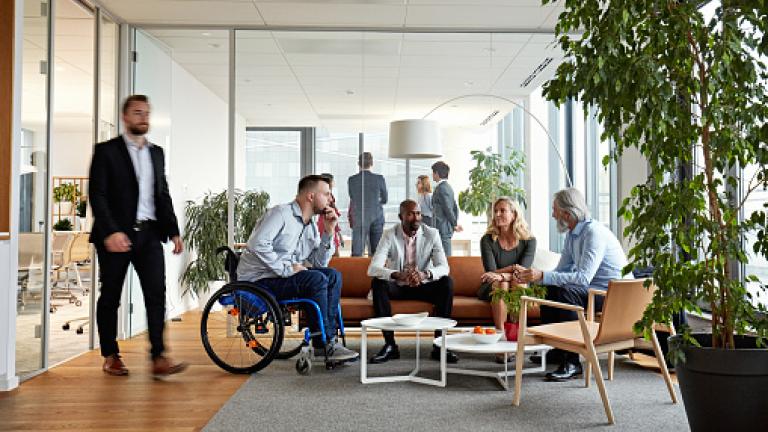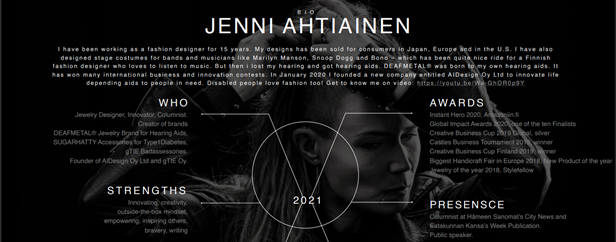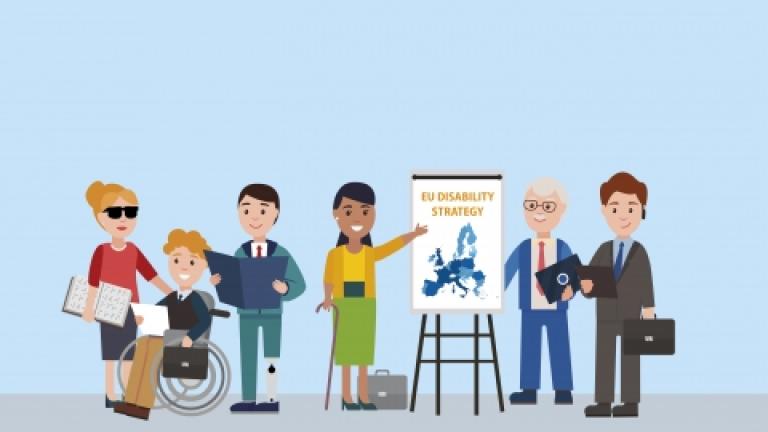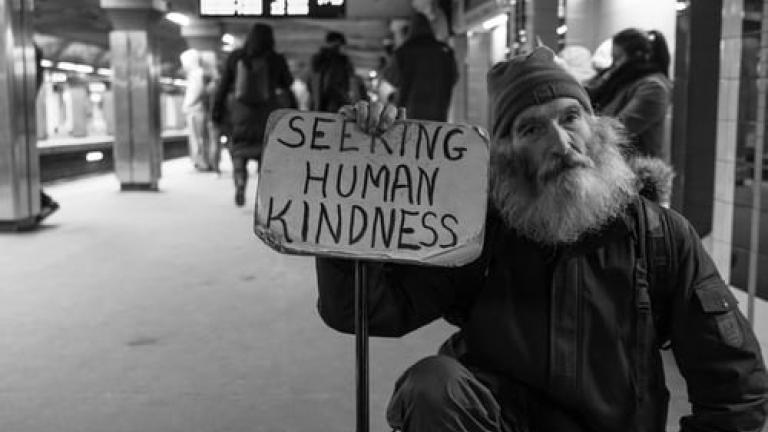Trevon Jenifer was born without limbs due to a rare disease called Congenital Phocomelia. He has 3 brothers (2 older, 1 younger) and 1 older sister. He is the only one with a disability. Trevon’s biological father left him and his mother when he saw that Trevon did not have legs. When Trevon was 4 years old, his stepdad (Eric Brown) came into his life and helped raise him. All of Trevon’s siblings were participating in sports, so Eric found an organization that offered Wheelchair Track and Wheelchair Basketball. Trevon broke and still holds the records in the 100, 200, 400 and 800 meter races for Wheelchair Track in the U11 and U14 age groups. He competed in Wheelchair Track and Basketball until the age of 12, he then changed Schools. Trevon grew up in a high crime area, where he could not play outside or at the playgrounds due to broken glass and violence. When he was 15 years old, his stepdad moved them to the country. and competed in Wrestling his junior and senior year in High School. His senior year he finished 3rd in the State of Maryland and had a record of 32-8. Trevon was inducted into the Wrestling Hall of Fame in 2006. In 2006, Trevon wrote an autobiography about his life called, From the Ground Up.
From 2006-2011, Trevon attended Edinboro University of Pennsylvania where earned his bachelor’s degree in Criminal Justice with a minor in Sociology. He was a member of the Edinboro University Wheelchair Basketball Team, where he went from being the 8th man on an 8 man roster to the best player on the Team by 2009. He was a 2x All-American (2010 and 2011) and Captain from 2009-2011. Trevon made his first Team USA appearance in 2009 when he was on the U23 Team that took Gold in Junior World’s Championship. He then made the Men’s National Team in 2010 and has been a member ever since. He has won Gold in the Parapan American Games in 2011 (Guadalajara, Mexico) and 2015 (Toronto, Canada). Trevon won two Silver in the Worlds Championship Games in 2014 in Incheon, South Korea and in Hamburg, Germany in 2018. He is a 2X Paralympic medalist, winning a Bronze Medal in the 2012 Paralympic Games in London (this was the first time they medaled in 12 years) and Gold Medalist in the 2016 Paralympic Games in Rio (this was the first time in 28 years that they won Gold). In 2013-2015, Trevon played professional Wheelchair Basketball in the south of France.
In October of 2015, Trevon became a father to a baby girl named Saraeya. While being a fulltime father, Trevon is also an active member in his community, where volunteers as an assistant coach for the Edinboro University Wheelchair Basketball Team. He does countless demonstrations and motivational speeches, for schools (elementary and up), ADA, FBI, YMCA, etc. all over the United States, speaking on topics that cover perseverance, Paralympic movement, bullying and adaptive/disability awareness.
In this interview, with our Different & Able President and Founder, Alexandra Nicklas, Trevon shares his story of determination, explains Congenital Phocomelia, and his love for sports. Trevon also discusses employment opportunities for the differently abled and his position at the U.S Secret Service as a Personnel Security Specialist in the Security Management Division. When Trevon is not playing, working, or spending time with family, he continues to inspire others through motivational speaking. “You have to find what motivates you, as it's different for every person. We have to understand why it motivates us, so we don't lose our focus while attempting to achieve our goals. Continue to fight for it,” Trevon states.

